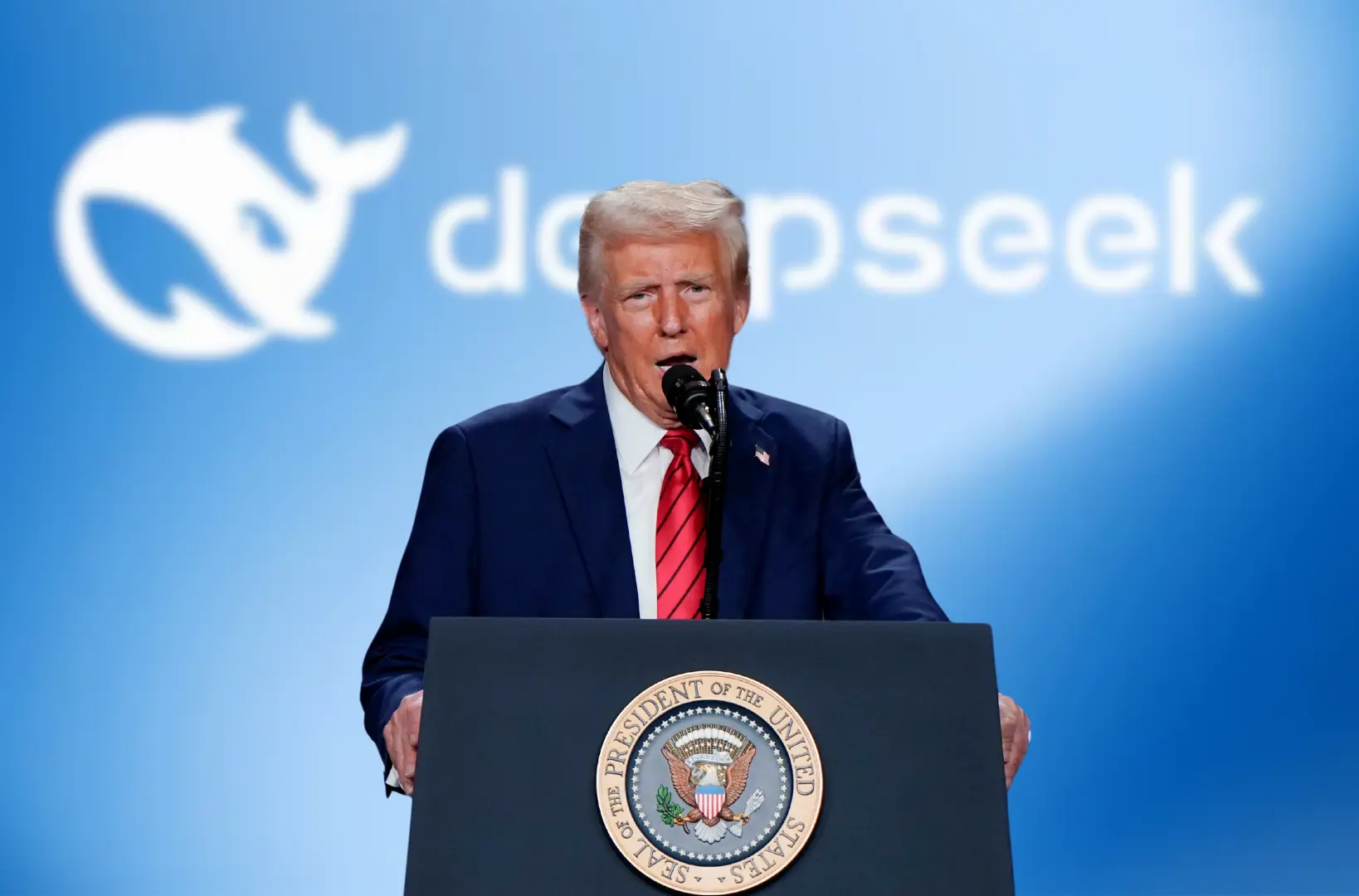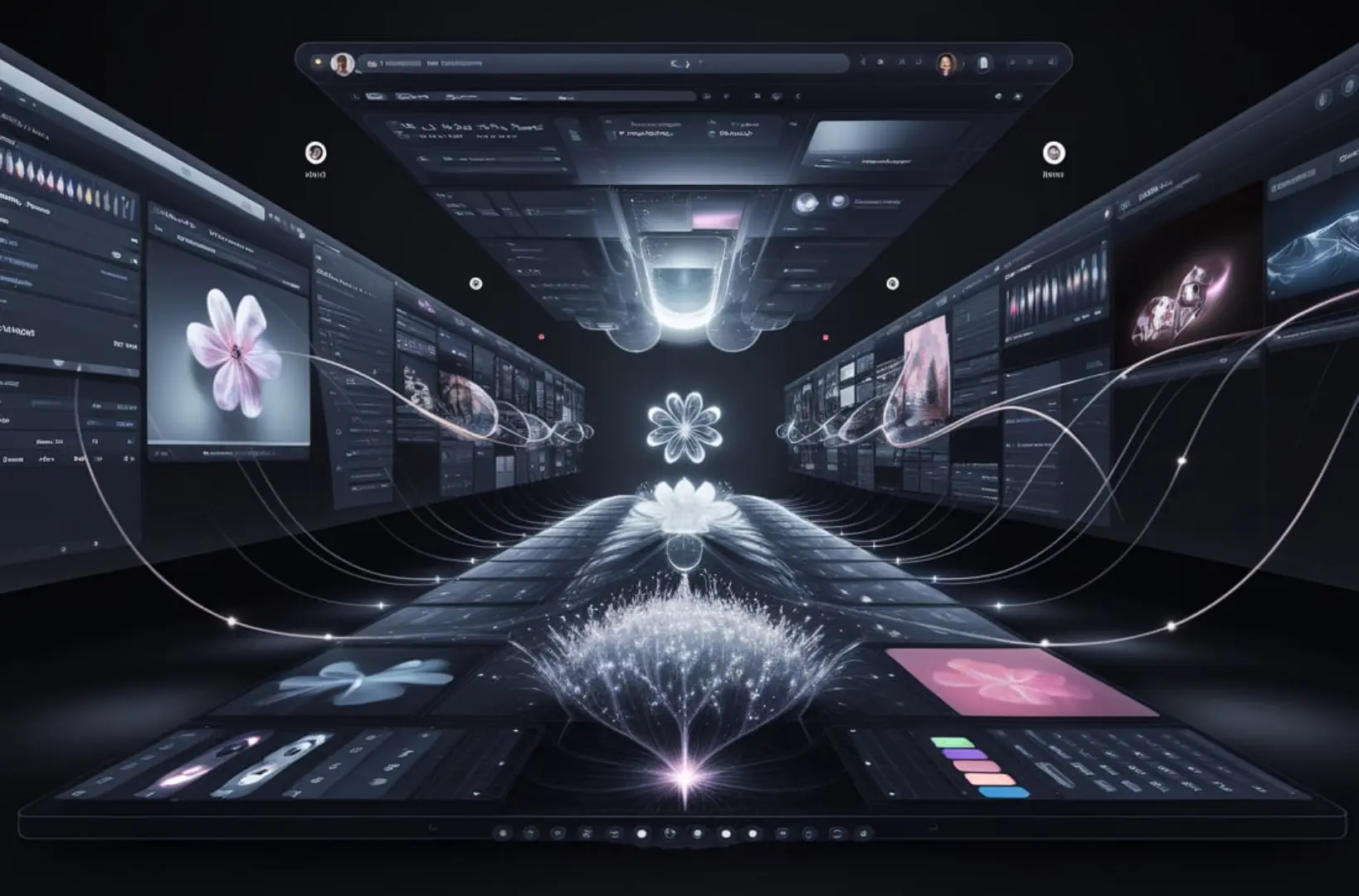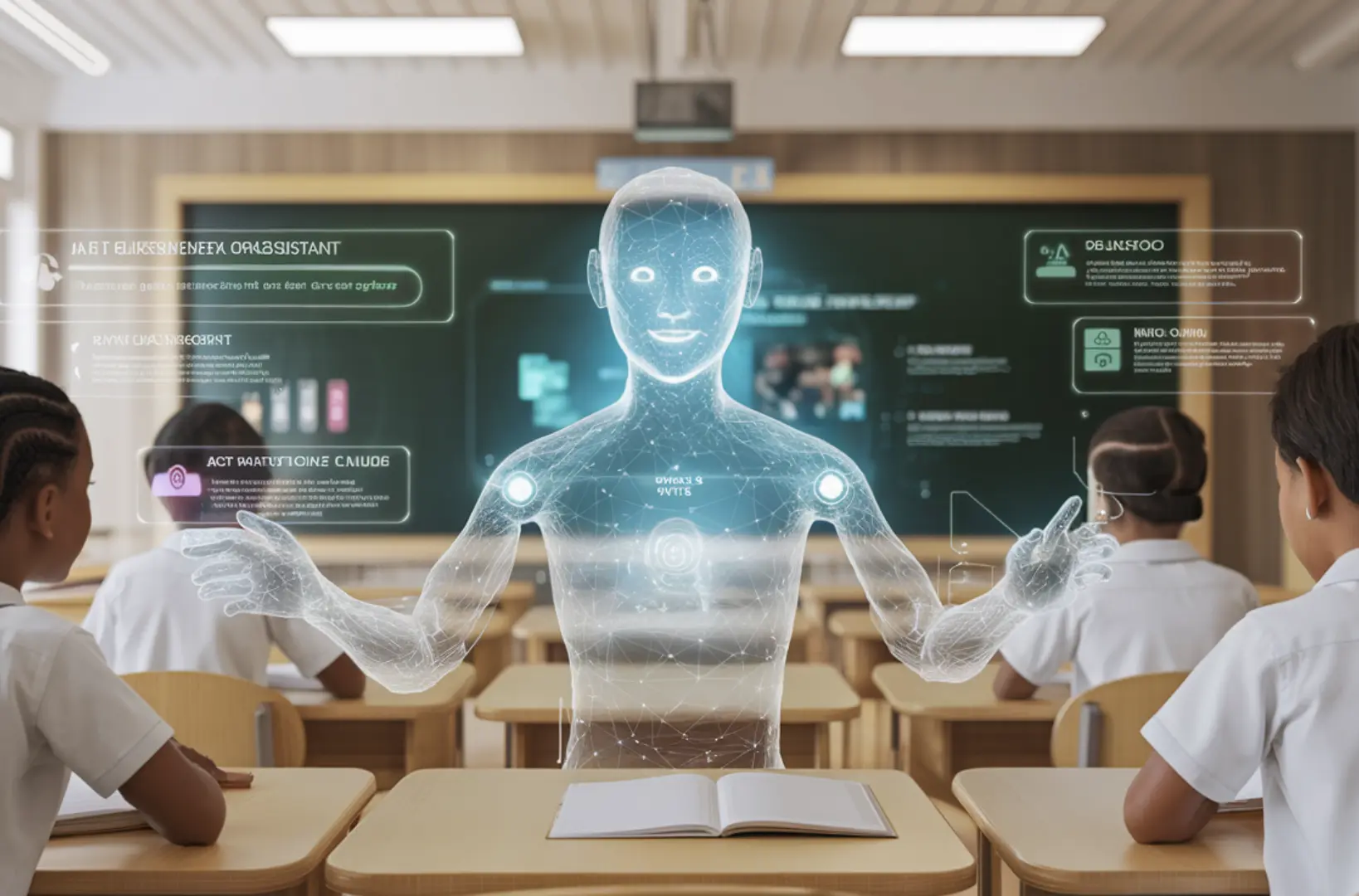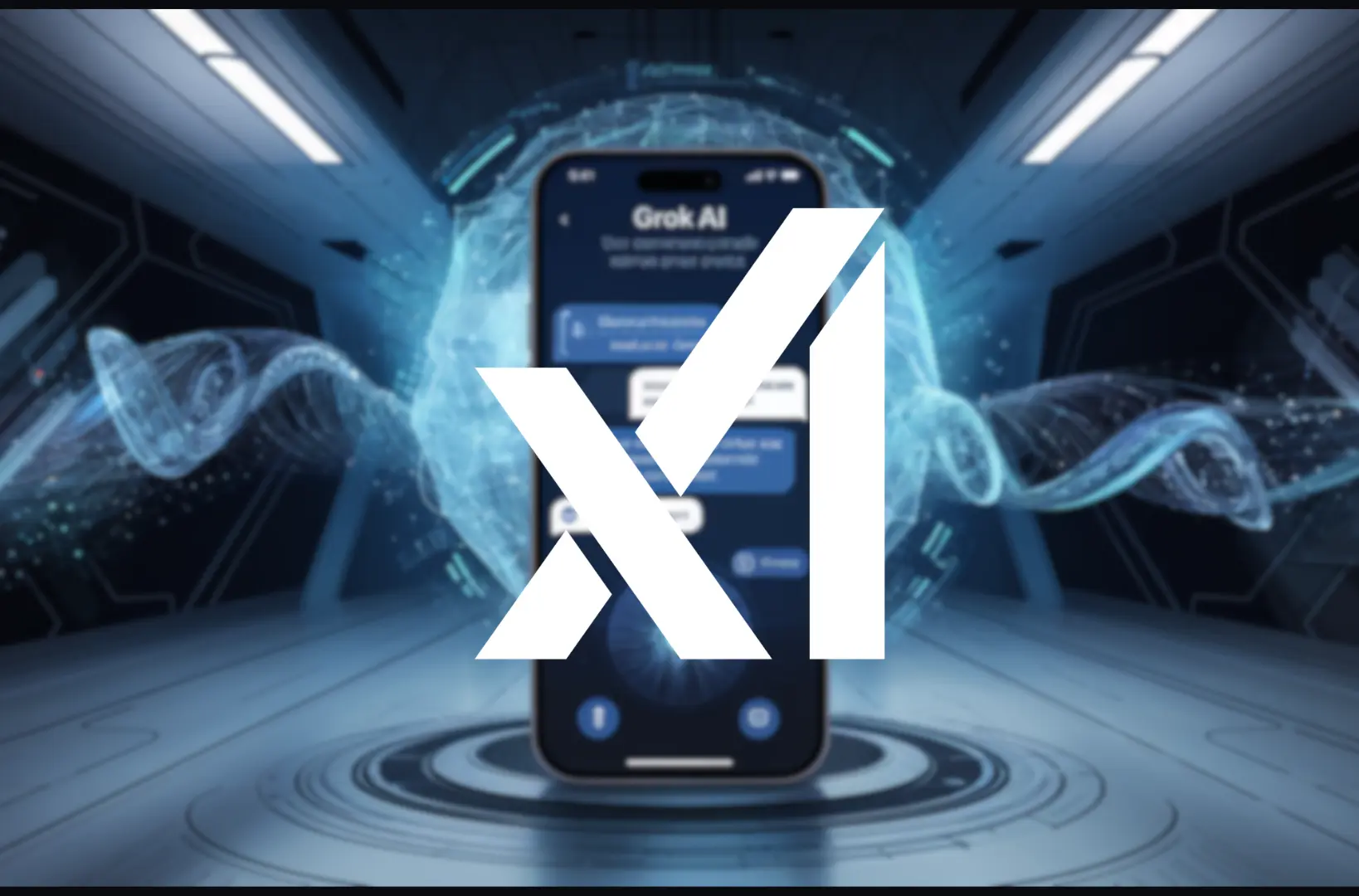The technology sector is no stranger to rapid change, and as we step into 2025, the landscape appears more volatile than ever. Recent waves of tech layoffs have sent shockwaves throughout the industry, but they are only one piece of a broader puzzle. In this post, we explore how three seemingly disparate factors—Donald Trump’s continued political and economic influence, the innovative force of companies like DeepSeek, and the relentless march of artificial intelligence (AI)—could collectively reshape the future of work.
1. The 2025 Tech Layoff Phenomenon
The tech industry has long been celebrated for its dynamism and resilience, but 2025 has witnessed unprecedented layoffs. Several factors have contributed to this trend:
- Economic Uncertainty: Global economic pressures, inflationary trends, and shifts in consumer behavior have forced companies to recalibrate their workforces.
- Rapid Technological Change: Automation and AI are streamlining operations, reducing the need for traditional roles, and in some cases, leading to workforce reductions.
- Market Corrections: After years of hyper-growth, many tech companies are now refining their business models, leading to strategic downsizing.
These layoffs are not just numbers on a balance sheet; they signal a structural transformation in how companies operate and how work is valued in a digital age.
2. The Trump Factor: Politics and Economic Policy
Though Donald Trump’s tenure in office concluded years ago, his influence on American politics and economic discourse remains significant. Here’s how his legacy and ongoing political presence may continue to affect the job landscape:
- Regulatory Shifts: Trump’s advocacy for deregulation and pro-business policies set a precedent that many policymakers continue to reference. These regulatory philosophies could lead to relaxed oversight on emerging technologies, impacting everything from labor laws to data privacy.
- Trade Policies and Tariffs: The trade policies popularized during Trump’s administration may still resonate, affecting the global supply chains that tech companies rely on. This can, in turn, influence hiring practices and outsourcing decisions.
- Populist Economic Narratives: Trump’s rhetoric often emphasized “America First,” which can inspire policies aimed at revitalizing domestic industries. Such initiatives might encourage the growth of homegrown tech firms, potentially offsetting some of the negative impacts of layoffs by creating new job opportunities.
3. DeepSeek: Disruptive Innovation or Job Creator?
DeepSeek represents a new breed of tech innovators—startups and established companies alike that are leveraging advanced algorithms and deep learning to transform industries. Whether you view DeepSeek as a disruptor or a pioneer, its impact on the job market is undeniable:
- Enhanced Data Capabilities: By improving how companies search, analyze, and interpret vast amounts of data, DeepSeek can streamline operations, leading to increased efficiency but also changing the nature of roles that rely on manual data processing.
- New Service Offerings: As companies adopt DeepSeek’s technology, entirely new sectors may emerge. For example, specialized roles in AI ethics, data curation, and algorithmic transparency could become mainstream.
- Skill Relevance: The rise of DeepSeek and similar technologies underscores the importance of continuous learning. Professionals will need to adapt by acquiring new skills to remain competitive in a market that increasingly values technological fluency over traditional expertise.
4. The AI Revolution: Automation and the Future of Work
Artificial intelligence is often cast as the harbinger of both opportunity and disruption. Its effects on the job landscape are multifaceted:
- Automation of Routine Tasks: AI’s ability to automate repetitive tasks can free up human workers to focus on more strategic roles, yet it also poses the risk of rendering certain positions obsolete.
- Creation of New Roles: While AI may eliminate some jobs, it is also generating new career paths in machine learning, data analysis, and AI oversight. The challenge lies in bridging the skills gap for many workers.
- Ethical and Regulatory Considerations: As AI continues to evolve, so too does the debate over its ethical implications. Regulations may emerge that both constrain and direct the deployment of AI technologies, impacting hiring practices and workplace dynamics.
5. The Interplay of Politics, Innovation, and AI
Understanding the future job landscape requires a holistic view of how political legacies, disruptive technologies, and AI-driven automation interact:
- Policy and Innovation: The deregulatory approaches championed by political figures like Donald Trump may accelerate technological adoption. However, without thoughtful policies addressing worker displacement and ethical concerns, this could lead to widening inequalities.
- Economic Incentives and Disruptive Change: Companies like DeepSeek are at the forefront of transforming traditional business models. Their success—and the resulting labor market shifts—will depend on how well policy frameworks balance innovation with worker protections.
- Adaptability as a Core Competency: In an era marked by rapid change, both individuals and organizations must prioritize adaptability. Continuous learning, upskilling, and policy agility will be key to navigating the challenges and opportunities that lie ahead.
6. Preparing for the New Job Landscape
As we witness these transformative forces at play, stakeholders across the board—from policymakers to tech professionals—must take proactive steps:
- Invest in Education and Training: Educational institutions, private companies, and governments need to collaborate on reskilling programs that equip workers with the competencies required for tomorrow’s job market.
- Foster a Culture of Lifelong Learning: Embracing continuous learning is essential. Workers should remain open to acquiring new skills, particularly in areas such as AI, data analytics, and digital literacy.
- Develop Forward-Thinking Policies: Policymakers must craft regulations that support innovation while safeguarding workers. This includes developing safety nets for those displaced by automation and incentivizing companies to invest in human capital.
- Encourage Cross-Sector Collaboration: The convergence of political, technological, and economic forces necessitates collaboration across sectors. Joint initiatives between government, academia, and industry can help smooth the transition and drive inclusive growth.
Conclusion
The tech layoffs of 2025 are more than a temporary setback—they are indicative of a broader, structural shift in the job landscape. The lasting impact of political figures like Donald Trump, the disruptive innovation exemplified by companies like DeepSeek, and the transformative power of AI all converge to create a future that is as challenging as it is full of opportunity.
As we stand on the cusp of this new era, the key to thriving in an evolving job market lies in adaptability. By investing in continuous learning, embracing innovation, and implementing thoughtful policies, we can navigate the turbulent waters ahead and build a resilient, forward-looking workforce.
The future of work is being written today—let’s ensure it’s a story of opportunity and growth for all.

Jahanzaib is a Content Contributor at Technado, specializing in cybersecurity. With expertise in identifying vulnerabilities and developing robust solutions, he delivers valuable insights into securing the digital landscape.








